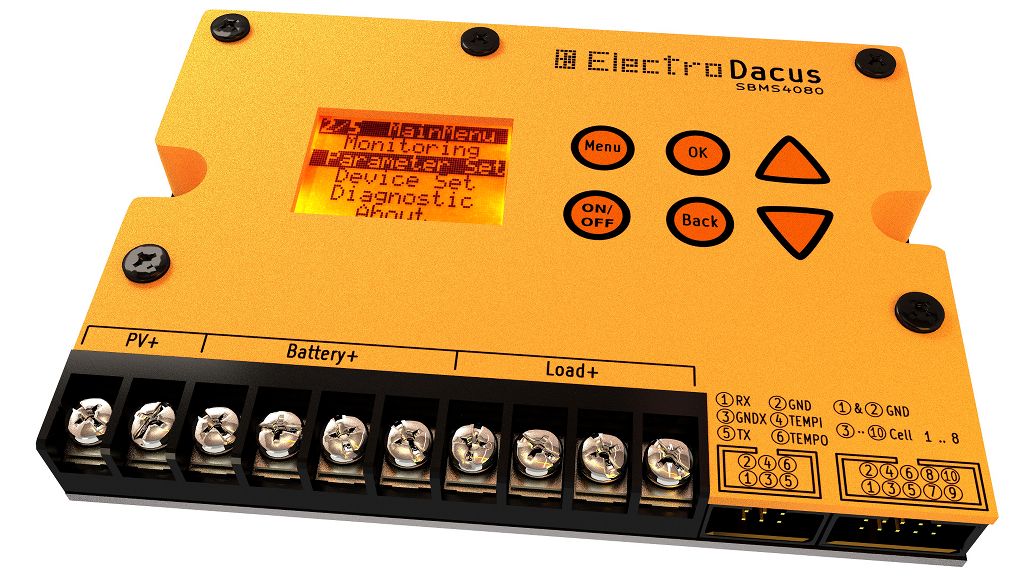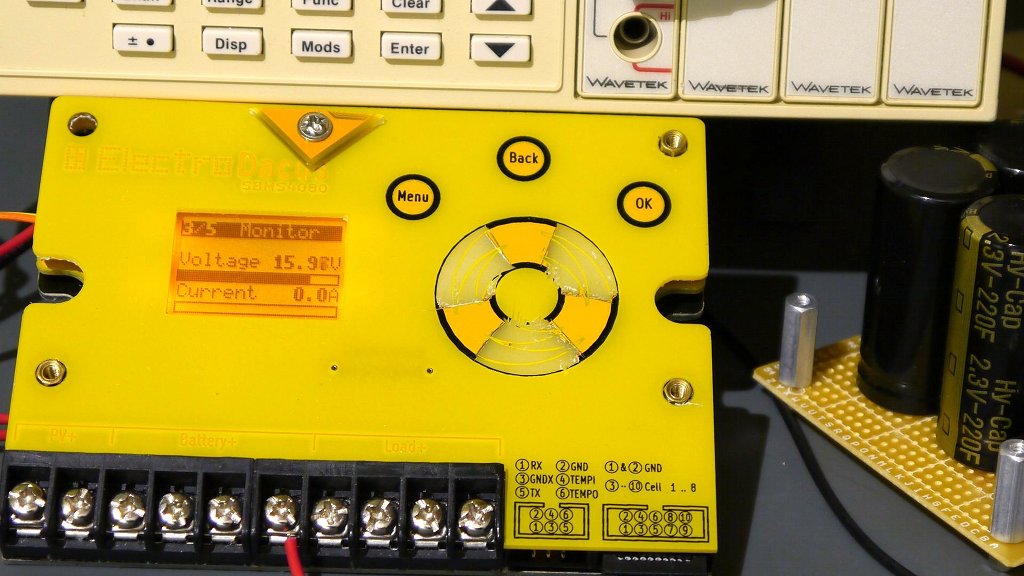I'm quite new on this forum but I will be here to stay if I like it

I'm not sure if this was the right category to list this or the one about Kickstarter projects.
Since this is both about Open Source HW and SW and will be on Kickstarter starting tomorrow.
But let me give you a bit more details (not sure I'm allowed to post links or embed my youtube videos explaining this) so I will just insert a photo with a 3D render of my design (Is not just a 3D render there is already a working beta sample search on youtube for SBMS4080)

and the uglier beta sample


I have done this 3D render in Blender 3D it was an animation presentation video for Kickstarter until I found out that they do not allow 3D renders since people my confuse them with the real thing so I made a new one without the 3D render part for them.
But what is it ?
Is a Battery Management System (BMS) that can use solar PV panels to charge any type of Lithium batteries (3 up to 8 cells) or even Supercapacitors.
Of course it can use a constant current power supply instead of solar panels but the design started for my need of such a device. I live OffGrid and use LiFePO4 batteries to store energy produced by my solar panels.
I made the decision to make this fully open source both hardware and software so it can be a great learning platform for those that want to learn how to program microcontrollers (ARM cortex M0) in this case and also electronic design including PCB design using KiCad (Yes I'm an user of Open Source software myself for over 10 years)
If the stretch goal is achieved (I hope it is) then I will make detailed video tutorials explaining every aspect of HW and SW so it will be even more than just an Open Source project.
What I will like to know from you.
What do you think about this project ?
Is this the right part of the forum to have this discussion?
This will be my first Open Source HW project. If you have any experience how do I do that? are there more than one alternative?
There seems to be a lot of websites what is the right one ? or the best one to get that logo and license?
It will be Open Source the definition is not important since I will release everything that I have anyway. I just wanted to add the logo first on my PCB's